Lots of people are into hiking, although very few have the stamina to do what Lewis and Clark did. Can you even imagine making an 8,000-mile cross-country trek into unchartered territory? Take a minute to explore these 12 riveting realities of the Lewis and Clark expedition that will leave you questioning your own survival skills.
Hiking the Uncharted: An 8,000-Mile Test of Endurance
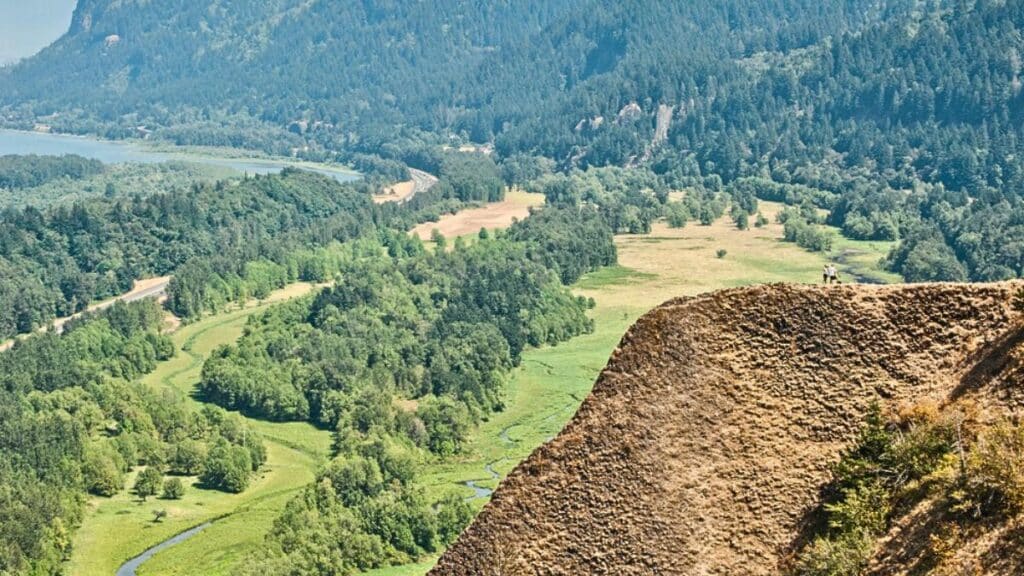
From May 1804 to September 1806, the Corps of Discovery trekked a whopping 8,000 miles, from St. Louis to the Pacific Coast and back. The vast majority of this trek was through uncharted land, encompassing rough terrains that included jagged mountains, sprawling deserts, and turbulent rivers. All this often meant ditching their boats and trudging on foot.
Can you imagine carrying your car through rugged terrain after it broke down?
Did You Know? The Corps members often had to physically carry their heavy boats and supplies over treacherous terrains when the waterways became too difficult to navigate.
Braving the Elements: From Scorching Heat to Biting Cold

Throughout the expedition, the Corps faced extreme weather conditions. The brutal summer heat in the plains, frigid winters in the mountains, ceaseless torrential rain in the Pacific Northwest, and whipping winds across the plateaus were far from ideal for travel and exposed the men to numerous health risks.
Imagine having to camp in your garden during the most extreme weather of the year, then multiply that by a hundred.
Fun Fact: During their first winter at Fort Mandan in present-day North Dakota, the Corps encountered temperatures that plunged to 40 degrees below zero!
Against Illness: Withstanding the Unseen Enemy

Illness was a constant companion during the expedition. Members of the Corps suffered from dysentery, boils, tick bites, venereal disease, and even suspected appendicitis, all without the benefit of modern medicine.
Think about the last time you had a flu and couldn’t reach a doctor, now imagine dealing with even worse conditions, in the wilderness.
Did You Know? Meriwether Lewis, though not a trained physician, served as the Corps’ primary healthcare provider, often resorting to now-discredited treatments like bloodletting and using mercury compounds.
Surviving Food Scarcity: From Roots and Berries to Tallow Candles

Food scarcity was a daunting issue. The Corps, at times, had to resort to a diet of roots, berries, and even their tallow candles when they were unable to hunt or fish successfully.
Imagine the most desperate you’ve ever been for a snack; this would be like that, but your life depended on it.
Did You Know? The food situation became so dire at one point that they resorted to eating horses, dogs, and on one memorable occasion, a porcupine!
Peaceful Negotiations: Maneuvering Through Native Encounters

Encounters with Native American tribes could have easily gone south. Over 50 different tribes were encountered during the expedition, and not all were friendly. The Corps often relied on the diplomatic skills of Lewis and Clark, along with the calming presence of Sacagawea and trade goods to keep the peace.
How would you fare negotiating peace deals with people who spoke a different language, all while representing your country?
Fun Fact: A particularly tense standoff with the Teton Sioux nearly led to a violent confrontation, but was eventually defused when Lewis and Clark gifted their chief a peace medal.
Staring Down Threat: The Mighty Grizzly Bears

Grizzly bears were a prominent threat. Despite being skilled hunters, the Corps was not prepared for the grizzlies’ size, strength, and aggression. The firearms of the era often required multiple shots to take down a grizzly, leading to multiple near-death encounters.
How would you fare staring down a grizzly bear, armed with only a musket?
Fun Fact: Lewis once wrote in his journal that the grizzlies were “most tremendous looking animals, and extremely hard to kill.”
Scaling the Peaks: The Life-Threatening Bitterroot Crossings

Crossing the Bitterroot Mountains in September 1805 was a life-threatening endeavor. The men faced the risks of starvation and dehydration due to the rugged, inhospitable terrain and lack of easily accessible food and water.
It’s akin to being left in a remote, desolate part of the world with no food, water, or GPS. Could you survive?
Did You Know? During this crossing, the Corps’ food supplies dwindled so drastically that they had to resort to butchering their horses for sustenance.
Slithering Perils: Confronting the Menace of Snakes
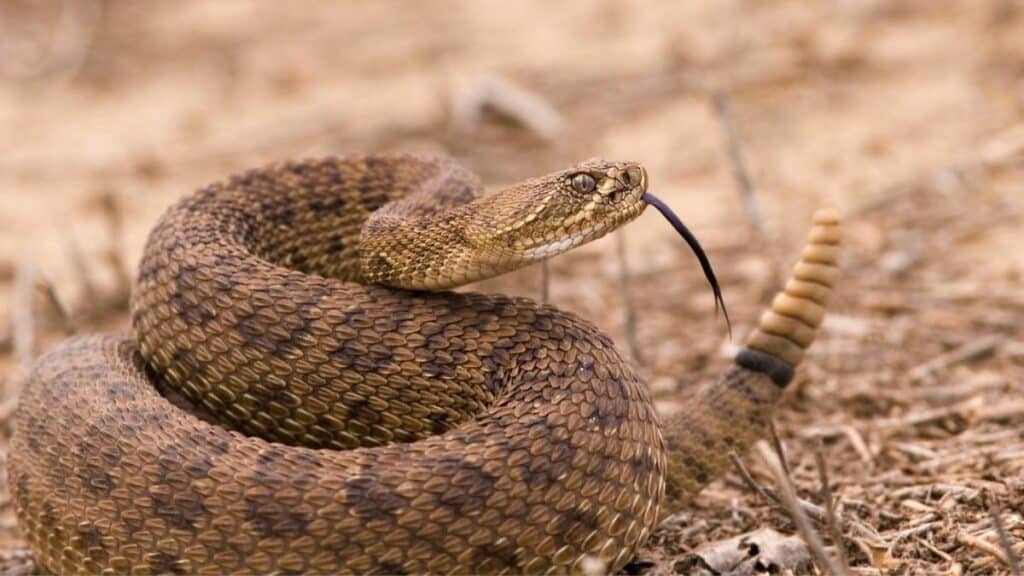
Snakes were a menace throughout the journey. Encounters with venomous rattlesnakes were particularly common in the Great Plains region, posing a persistent risk to the Corps’ members.
Can you imagine having to constantly watch your step in fear of a deadly snakebite, with no antivenom available?
Fun Fact: Lewis believed he had discovered a cure for snake bites by making a concoction from the ground-up rattlesnake tails, although there’s no historical record of it ever effectively curing a bite.
Battling the Waters: The Treacherous Columbia River

The Columbia River region presented the expedition with treacherous waterways. The river’s mighty currents, whirlpools, and dangerous rapids made navigation exceptionally risky. In November 1805, they lost one of their canoes in these treacherous waters.
How would you fare navigating dangerous rapids in a canoe filled with your most valuable belongings?
Did You Know? Despite the loss of their canoe and the perilous journey through the Columbia River, the Corps managed to avoid any fatalities, a testament to their resilience and resourcefulness.
Uncharted Wilderness: Navigating With No Landmarks

The absence of familiar landmarks often led the Corps to lose their bearings in the vast, uncharted wilderness. On several occasions, they found themselves lost, having to backtrack or wait for scouts to return with directions, losing valuable time and resources in the process.
What if you were dropped in the middle of an unknown city without a map or language skills? Could you find your way home?
Fun Fact: To keep track of their route and to prepare maps for future expeditions, Lewis and Clark made detailed notes and sketches of their surroundings, meticulously documenting landmarks and geographical features.
Playing Hide-And-Seek With Nations: The Threat From Spanish and British

The ever-present threat of interference from other powers, particularly the Spanish and the British, was a constant worry. Both nations had significant interests in the territories the Corps was exploring and could have easily jeopardized their mission.
Imagine playing a high-stakes game of hide-and-seek against two determined teams keen on thwarting your every move.
Did You Know? Spanish authorities, on learning about the expedition, sent four armed expeditions to intercept them but failed to locate the Corps of Discovery.
Surviving a Rain-Soaked Winter: The Miserable Months at Fort Clatsop
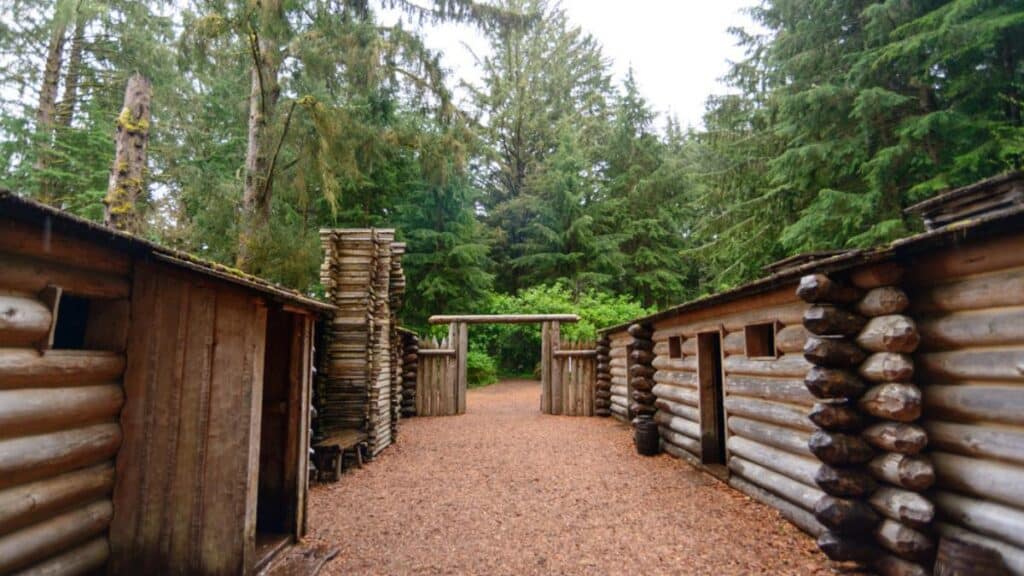
Near the end of their journey, the expedition endured one of their most trying challenges. In November 1805, they faced a miserable, rain-soaked winter at Fort Clatsop, near the Pacific Coast. Food was scarce, clothes were rotting, and morale was low.
Think about the longest, toughest week you’ve ever had, then stretch it over three dreary months.
Fun Fact: The winter at Fort Clatsop was so relentless that it rained all but 12 days during their stay of over three months. To keep their spirits high, Clark spent much of the time compiling his notes and maps.
Facts About the Oregon Trail That Prove Most of Us Would Have Never Made It
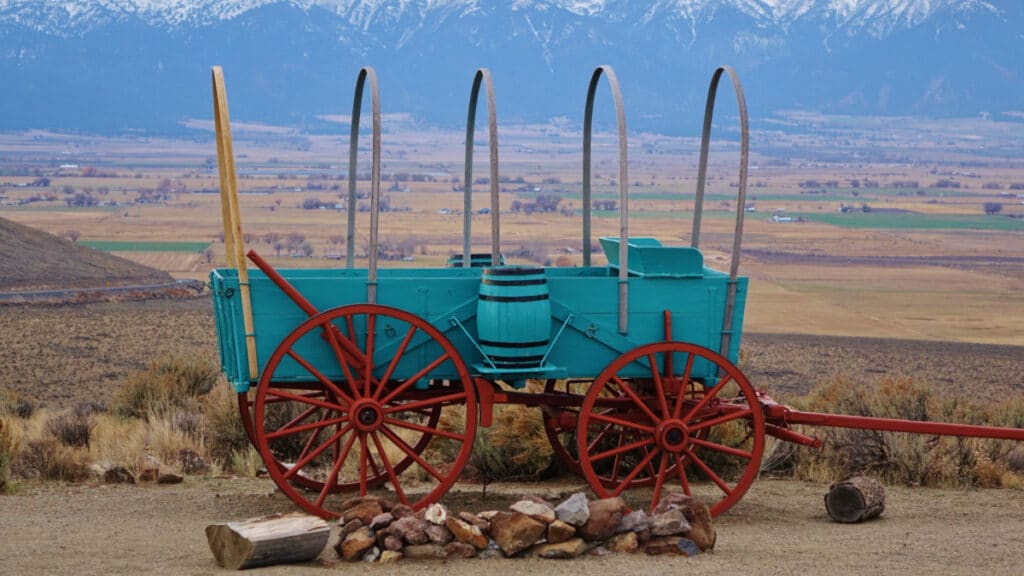
Imagine embarking on a journey spanning 2,000 grueling miles, filled with treacherous river crossings, food rationing, relentless weather, and the constant threat of disease. Welcome to the life of a pioneer on the Oregon Trail!
Facts About the Oregon Trail That Prove Most of Us Would Have Never Made It
Facts About the “Greatest Generation” That Prove How Much We Owe Them

Every generation leaves its mark on history, but the Greatest Generation—those who faced the challenges of the early 20th century head-on—did more than just that. They carved out the world as we know it today. We owe them a lot, not just for their courage and resilience but for setting a precedent that still guides us when dealing with life’s obstacles.
Facts About the “Greatest Generation” That Prove How Much We Owe Them
Here’s What Travel Was Like 100 Years Ago
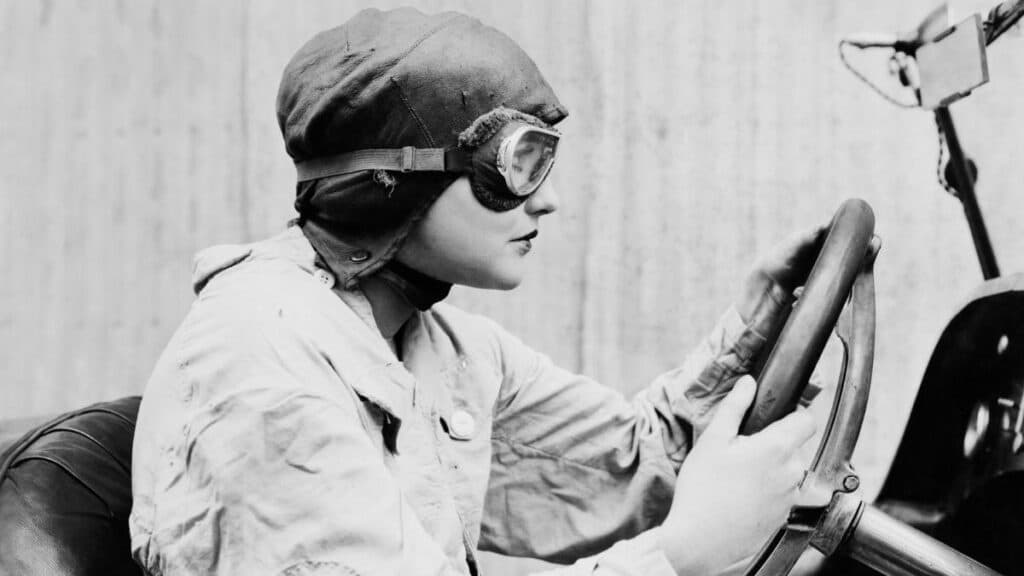
Travel has definitely improved over the past 100 years. And by the way, if you’re thinking 100 years ago was back in the 1800s, you might be showing your age…100 years ago was 1923 and Americans were hitting the road in their new-fangled automobiles.
Here are ten things you might expect if you traveled across America 100 years ago.
Here’s What Travel Was Like 100 Years Ago
Here’s What It Was Really Like to Drive a Model T Ford
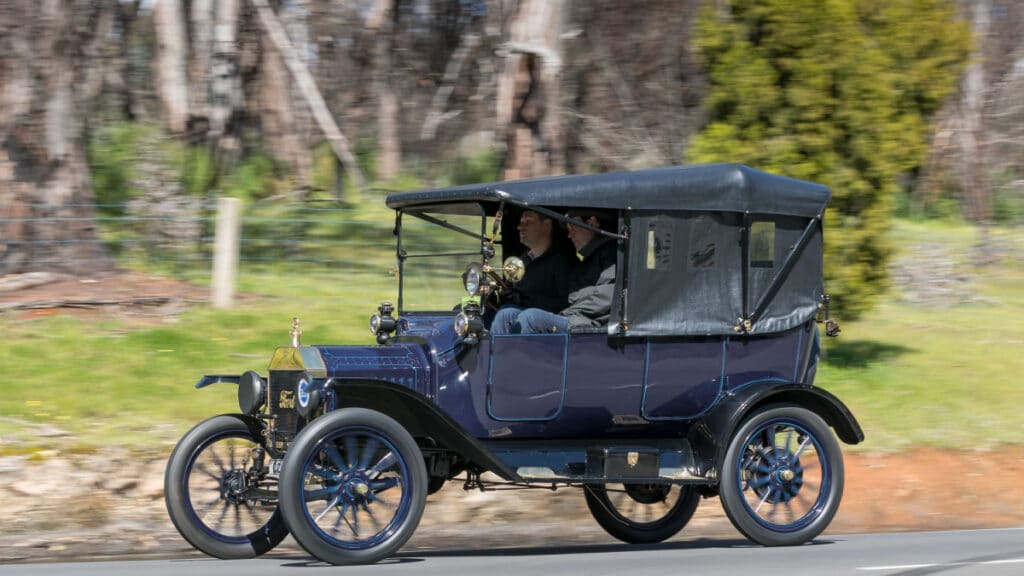
Tired of driving down easy-street in your super comfy modern car? Well, have no fear because the Model T is here! Let’s take a ride down memory lane with a humorous look at what traveling in a Model T was like when it first came out.
Here’s What It Was Really Like to Drive a Model T Ford
This article was produced by Our Woven Journey.
Karee Blunt is a nationally syndicated travel journalist, focused on discovering destinations and experiences that captivate and inspire others through her writing. She is also the founder of Our Woven Journey, a travel site focused on inspiring others to create memory-making adventures with their loved ones. Karee is passionate about encouraging others to step out of their comfort zone and live the life they dream of. She is the mother of six kids, including four through adoption, and lives with her family in the Pacific Northwest. You can learn more about Karee on her about me page.
